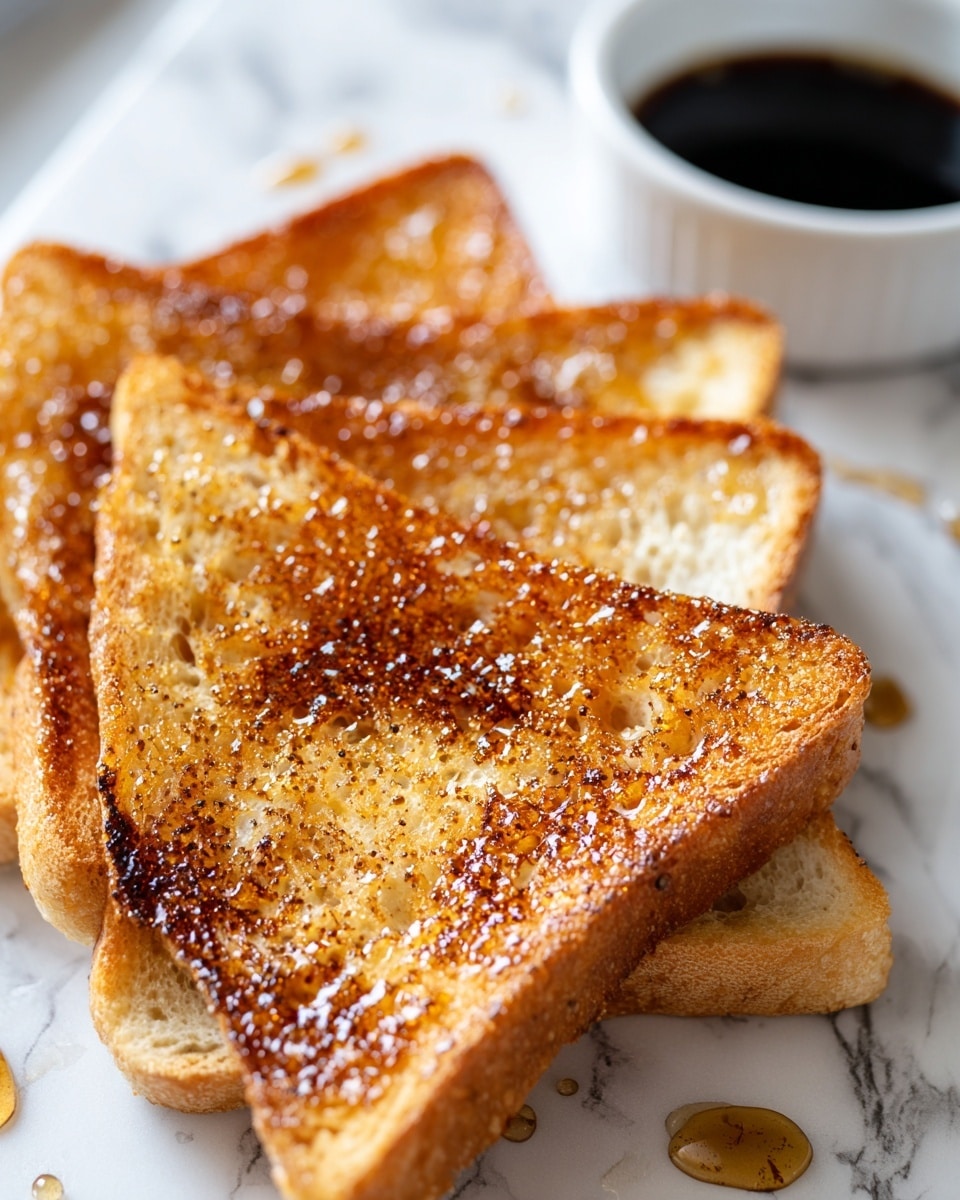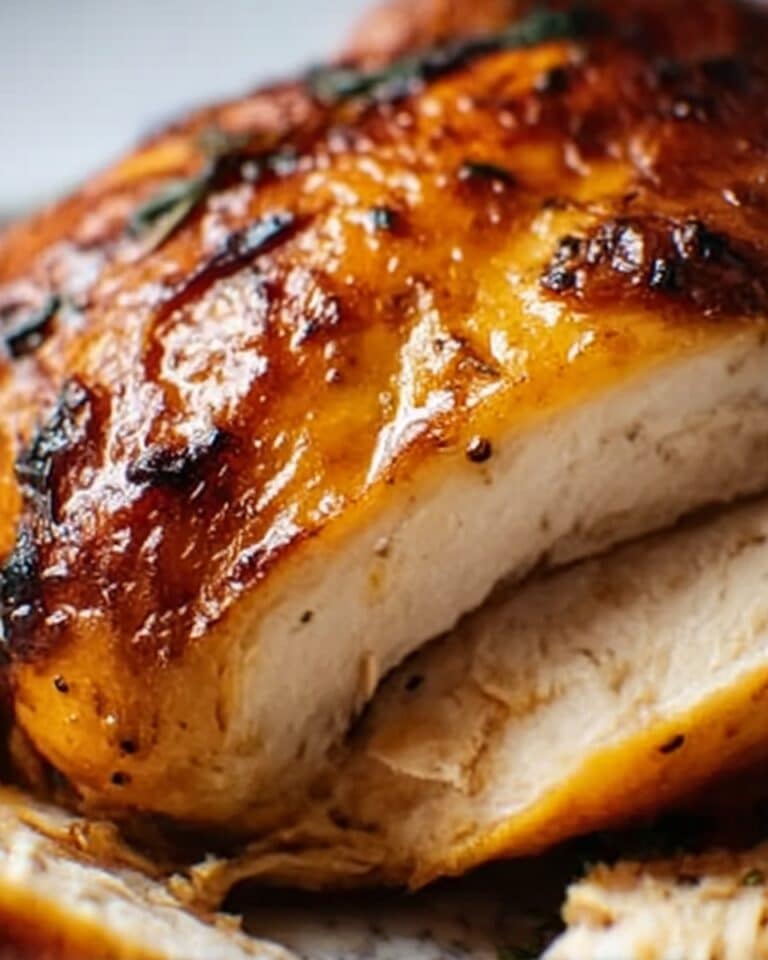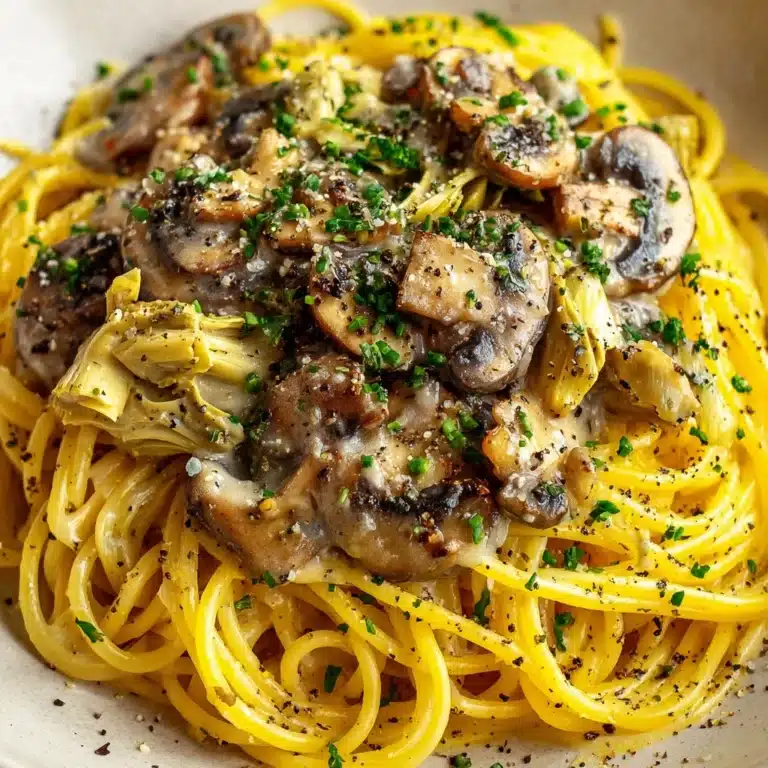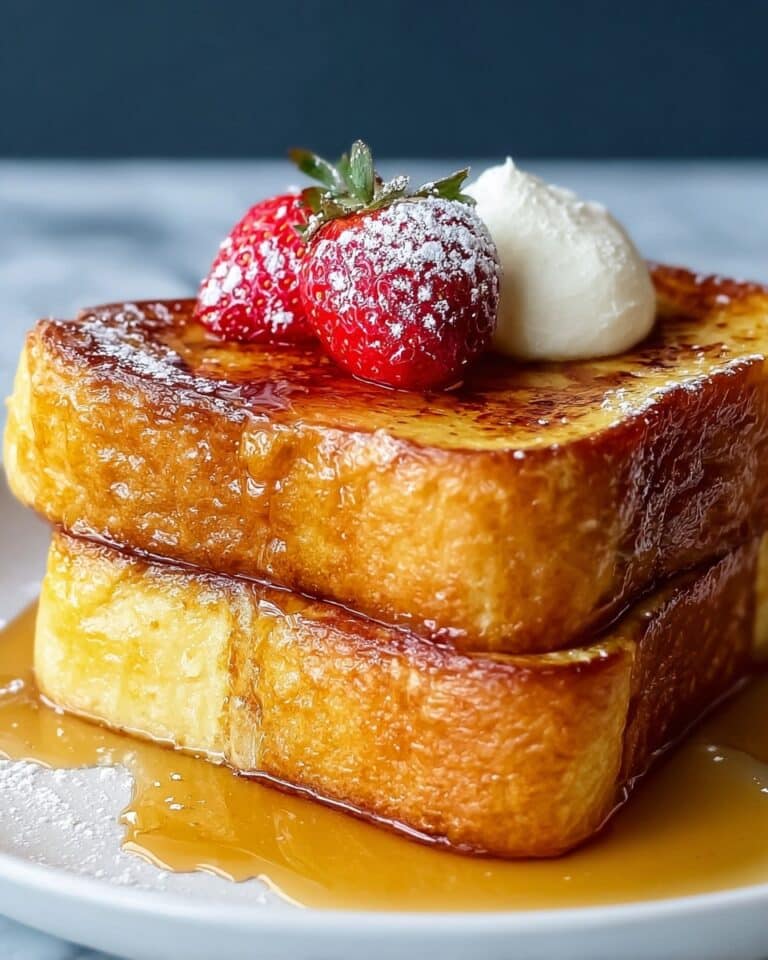If you’re someone who treasures that perfect balance of a crispy, toasted outside and a delightfully chewy, airy inside, then the English Muffin Toasting Bread Recipe is about to become your new obsession. This homemade bread brings all the magic of classic English muffins into a convenient loaf shape, making it perfect for slicing and toasting. With its subtle tang from baking soda and a soft crumb that captures just the right amount of butter and jam, this bread feels like a warm hug on any morning. Trust me, once you try this recipe, nothing else will quite measure up for your breakfast toast adventures.
Ingredients You’ll Need
Gathering simple ingredients is what makes this recipe both accessible and rewarding. Each one plays an essential role from creating the perfect texture to developing that signature flavor and golden crust.
- Unbleached all-purpose flour (3 cups or 361g): Provides the sturdy base and structure for our bread while keeping it light and airy.
- Sugar (1 tablespoon or 14g): Adds a subtle sweetness to balance the savory flavors and helps with browning.
- Salt (1 ½ teaspoons): Enhances the overall flavor and strengthens the dough’s gluten network.
- Baking soda (¼ teaspoon): Gives that gentle lift and mimics the classic tang of English muffins.
- Instant yeast (1 tablespoon): Works its magic by making the bread rise beautifully, creating those lovely air pockets.
- Milk (1 cup or 227g): Adds richness and tenderness for a soft crumb.
- Water (¼ cup or 57g): Balances hydration and helps develop the dough’s texture.
- Vegetable or olive oil (2 tablespoons or 25g): Keeps the bread moist and extends freshness.
- Cornmeal (for sprinkling): Provides that classic crunchy base and prevents sticking in the pan.
How to Make English Muffin Toasting Bread Recipe
Step 1: Mix Dry Ingredients
Start by whisking together the flour, sugar, salt, baking soda, and instant yeast in a large bowl. This ensures that every bit of flavor and leavening agent is evenly distributed throughout your dough, setting the foundation for a great rise and taste.
Step 2: Combine Wet Ingredients
Next, in a microwave-safe bowl, combine the milk, water, and your choice of oil. Gently heat the mixture until it reaches between 120°F and 130°F. This warm temperature activates the yeast but doesn’t risk killing it, which is crucial for that perfect rise.
Step 3: Mix Dough
Pour the warm wet mixture over the dry ingredients and start mixing. Use a high speed on your mixer or vigorous hand stirring to ensure everything comes together in a smooth, soft dough. This step creates the gluten network that will give your bread structure while keeping it lovely and tender.
Step 4: Prepare Pan
Lightly grease an 8 ½” x 4 ½” loaf pan and sprinkle cornmeal into the bottom and sides. The cornmeal not only gives a wonderful crunch but also makes it easy to remove the loaf after baking without any sticking drama.
Step 5: Transfer Dough
Use a spatula or spoon to transfer your soft dough into the prepared pan, smoothing the top as much as you can. The dough will fill the pan but needs room to grow, so spreading evenly helps it rise uniformly.
Step 6: Let Dough Rise
Cover the pan loosely with plastic wrap or a clean towel and let your dough rise at room temperature for 45 to 60 minutes. You’ll know it’s ready when it just barely crowns over the rim of the pan. This gentle rise builds flavor and gives your bread that signature airy texture.
Step 7: Preheat Oven
While the dough is rising, preheat your oven to 400°F (200°C). This ensures that when it’s time to bake, you get that immediate heat burst that forms a golden crust and seals in moisture.
Step 8: Bake
Remove your risen dough’s cover and pop it into the hot oven. Bake for 22 to 27 minutes until the crust turns a gorgeous golden brown and the loaf’s internal temperature reaches 190°F. This is when the bread is cooked perfectly through and ready to cool.
Step 9: Cool
Take the bread out of the oven and let it rest for about 5 minutes in the pan before turning it out onto a cooling rack. Cooling completely before slicing is key to preserving the texture and ensuring your bread slices neatly.
How to Serve English Muffin Toasting Bread Recipe
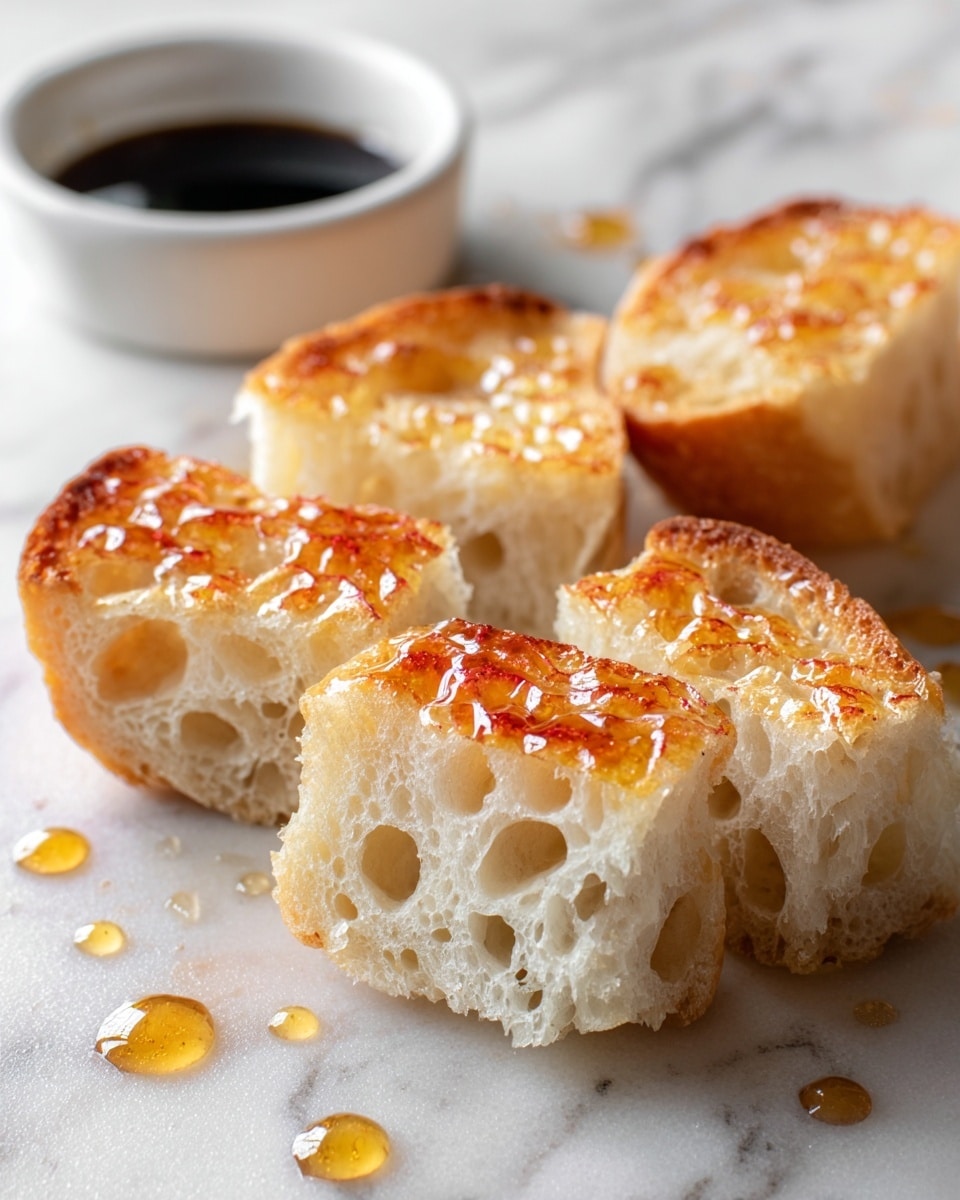
Garnishes
Once sliced, your English Muffin Toasting Bread can be elevated with simple garnishes like a swipe of creamy butter or your favorite fruit jam. For an added burst, a sprinkle of cinnamon sugar or a drizzle of honey turns this bread into a delicious treat that’s perfect any time of day.
Side Dishes
This bread pairs wonderfully with savory sides like scrambled eggs, crispy bacon, or avocado slices. Its mild flavor and tender crumb make it a versatile canvas for hearty breakfast spreads or even lighter, fresh lunches.
Creative Ways to Present
If you want to impress, cut the bread into squares or triangles and toast them lightly before topping with cream cheese and smoked salmon, or use this loaf to make mini sandwiches with cheese and fresh herbs. The soft inside contrasts beautifully with crunchy toppings, making every bite memorable.
Make Ahead and Storage
Storing Leftovers
Leftover English Muffin Toasting Bread stores beautifully at room temperature in an airtight container or bread box for up to 3 days. Make sure you slice it only when ready to serve to keep it fresh longer.
Freezing
You can freeze the bread whole or sliced. Wrap it tightly in plastic wrap and then in foil or place it in a freezer bag. Frozen properly, it will maintain its delicious texture for up to 3 months, allowing you to enjoy the English Muffin Toasting Bread Recipe anytime.
Reheating
To bring frozen or leftover slices back to life, toast them gently or warm them in a preheated oven at 350°F (175°C) for about 10 minutes. This brings back that lovely crispy crust and soft interior, ready for your favorite toppings.
FAQs
Can I use bread flour instead of all-purpose flour?
Yes, you can substitute bread flour for all-purpose flour. Bread flour has a higher protein content, which will make your loaf chewier and with more structure. This can enhance the texture but may slightly change the softness characteristic of the original recipe.
Why is baking soda included along with yeast?
Baking soda helps create the distinctive light texture and that subtle tang typical of English muffins. It reacts with the acidic components in the dough, enhancing the rise and contributing to the familiar flavor profile that sets this bread apart.
Can I make this recipe without a mixer?
Absolutely! Mixing by hand just takes a bit more elbow grease. Stir the wet and dry ingredients together until combined, then knead the dough on a floured surface for about 8 to 10 minutes to reach the same smooth, elastic consistency.
What’s the purpose of cornmeal in this recipe?
Cornmeal lines the pan to prevent sticking and adds a pleasant crunchy texture to the bottom and sides of the loaf. It’s a traditional touch that replicates the classic English muffin’s nooks and crannies experience.
How do I know when the bread is fully baked?
The loaf should be golden brown and sound hollow when tapped. The best way is to check with a kitchen thermometer; an internal temperature of 190°F indicates it’s perfectly baked through without being dry.
Final Thoughts
This English Muffin Toasting Bread Recipe is a true gem for anyone looking to elevate their homemade bread game with minimal fuss and maximum delight. The soft yet crispy texture, combined with that classic flavor you love, makes it an irresistible staple for breakfasts and beyond. Give it a try—you’ll wonder how you ever started your day without it!
Print
English Muffin Toasting Bread Recipe
- Prep Time: 20 minutes
- Cook Time: 25 minutes
- Total Time: 2 hours 3 minutes
- Yield: 1 loaf (about 10-12 slices)
- Category: Baking
- Method: Baking
- Cuisine: English
Description
This English Muffin Toasting Bread recipe yields a soft, tender loaf with the classic texture and crumb of English muffins, perfect for toasting. Made with simple ingredients like all-purpose flour, sugar, and milk, this bread is enriched with vegetable oil and lightly coated with cornmeal for a delightful crust. The dough is mixed, allowed to rise, and baked to golden perfection, making it ideal for breakfast or sandwiches.
Ingredients
Dry Ingredients
- 3 cups (361g) unbleached all-purpose flour
- 1 tablespoon (14g) sugar
- 1 ½ teaspoons salt
- ¼ teaspoon baking soda
- 1 tablespoon instant yeast
Wet Ingredients
- 1 cup (227g) milk
- ¼ cup (57g) water
- 2 tablespoons (25g) vegetable oil or olive oil
Other
- Cornmeal, for sprinkling
Instructions
- Mix Dry Ingredients: In a large bowl, whisk together the flour, sugar, salt, baking soda, and instant yeast thoroughly to ensure even distribution of ingredients.
- Combine Wet Ingredients: In a microwave-safe bowl, combine the milk, water, and oil. Warm this mixture until it reaches between 120°F and 130°F, then stir well to combine.
- Mix Dough: Pour the warmed liquid into the dry ingredients. Mix the dough until fully incorporated, then beat it on high speed for 1 minute. The dough should become smooth and soft.
- Prepare Pan: Lightly grease an 8 ½” x 4 ½” loaf pan and sprinkle cornmeal on the bottom and sides to prevent sticking and add texture.
- Transfer Dough: Scoop the dough into the prepared pan and level it out as evenly as possible with a spatula or your hands.
- Let Dough Rise: Cover the pan with a clean towel or plastic wrap. Allow the dough to rise in a warm spot for 45 to 60 minutes until it barely crowns over the edge of the pan.
- Preheat Oven: While the dough is rising, preheat your oven to 400°F (200°C) to ensure it is ready for baking.
- Bake: Remove the cover from the risen dough and place the pan in the oven. Bake for 22 to 27 minutes until the top is golden brown and the internal temperature reaches 190°F.
- Cool: Take the bread out of the oven and let it rest in the pan for 5 minutes. Then, invert the loaf onto a cooling rack and allow it to cool completely before slicing to preserve its texture.
Notes
- Make sure the milk mixture is warm but not hot to activate the yeast properly without killing it.
- Using cornmeal in the pan gives the bread a traditional English muffin texture and helps prevent sticking.
- Letting the bread cool completely before slicing ensures even crumb and prevents squishing.
- You can substitute vegetable oil with olive oil for a slightly different flavor.
- If the dough does not rise, check your yeast’s freshness and ensure the liquid temperature is correct.

